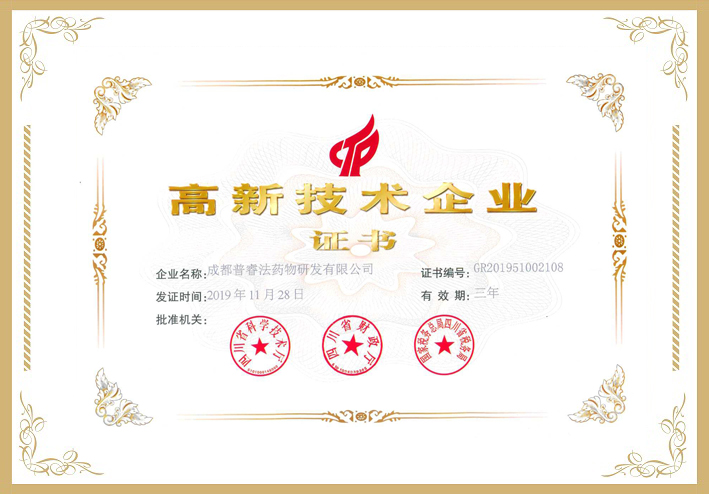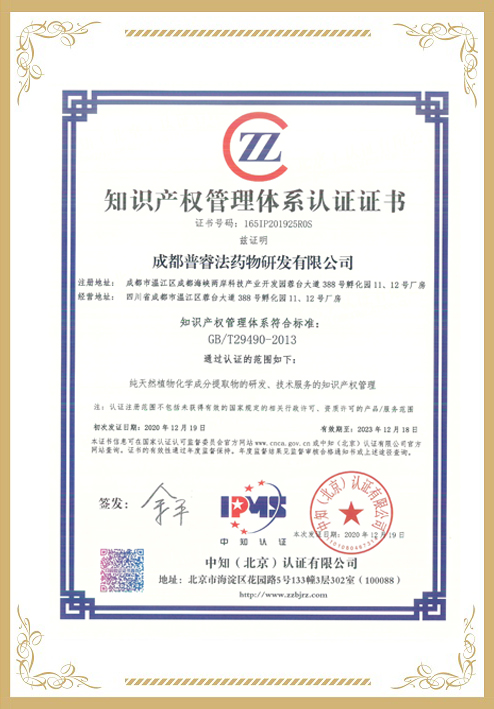Osteoarthritis (OA), a widespread joint disorder affecting approximately 7% of the global population, is
primarily characterized by the gradual loss of articular cartilage. This degeneration results from local
inammation, matrix depletion, and direct cartilage damage. A critical element in this cascade is the
activation of the Stimulator of the Interferon Genes (STING) pathway. Emerging evidence underscores its
potential as a therapeutic target, with natural products showing promise as inhibitors. This study centers
on Acacetin, a basic unit of polyketides known for its anti-inammatory attributes. Prior research has
highlighted its potential interaction with STING based on the structure. Therefore, this study aimed to
assess Acacetin's effectiveness as a STING inhibitor and its protective role against OA. In vitro
experiments demonstrated that Acacetin pretreatment not only mitigated interleukin-1β (IL-1β)-induced
cytotoxicity but also decreased the inammatory response and degeneration in IL-1β-stimulated
chondrocytes. In vivo studies revealed that Acacetin administration signicantly reduced articular
cartilage destruction, abnormal bone remodeling, and osteophyte formation in a model of OA induced by
destabilization of the medial meniscus (DMM). Mechanistically, Acacetin was found to directly interact
with STING, and inhibit IL-1β-induced activation of STING and subsequent phosphorylation of the
TBK1/NFκB pathway in chondrocytes. In conclusion, our ndings conrm that Acacetin is an effective
inhibitor of STING, offering protection to chondrocytes against IL-1β-induced damage and attenuating the
progression of OA in mice























